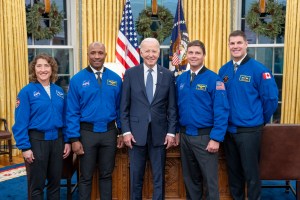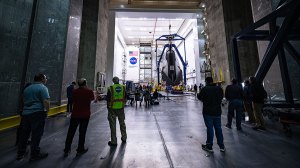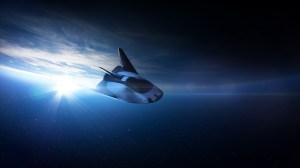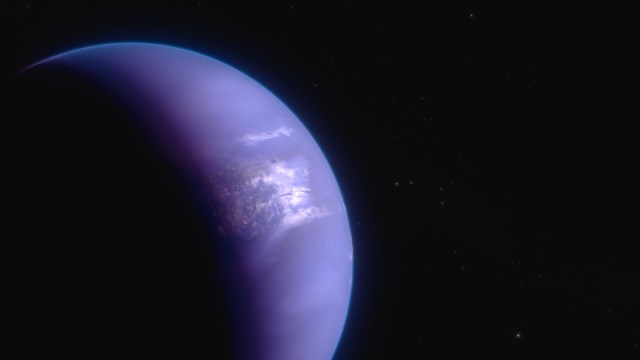New NASA Glenn Exhibit Spotlights Microgravity Research
The Fluids and Combustion Facility, or FCF, on the International Space Station was designed and built at NASA’s Glenn Research Center in Cleveland and has been supporting microgravity research for over a decade. A new exhibit at the NASA Glenn Visitor Center, located in the Great Lakes Science Center, brings that research down to Earth […]
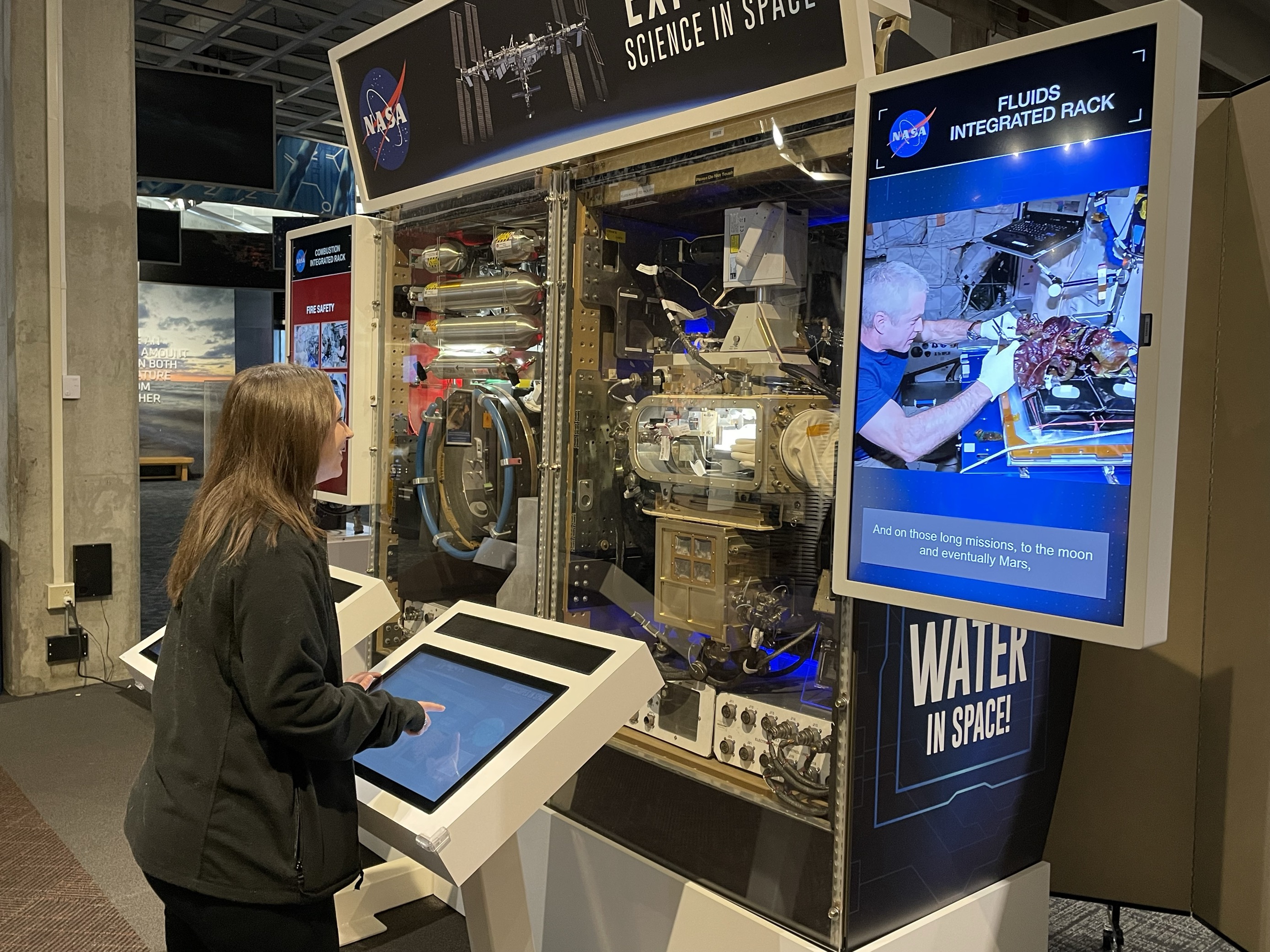
2 min read
Preparations for Next Moonwalk Simulations Underway (and Underwater)
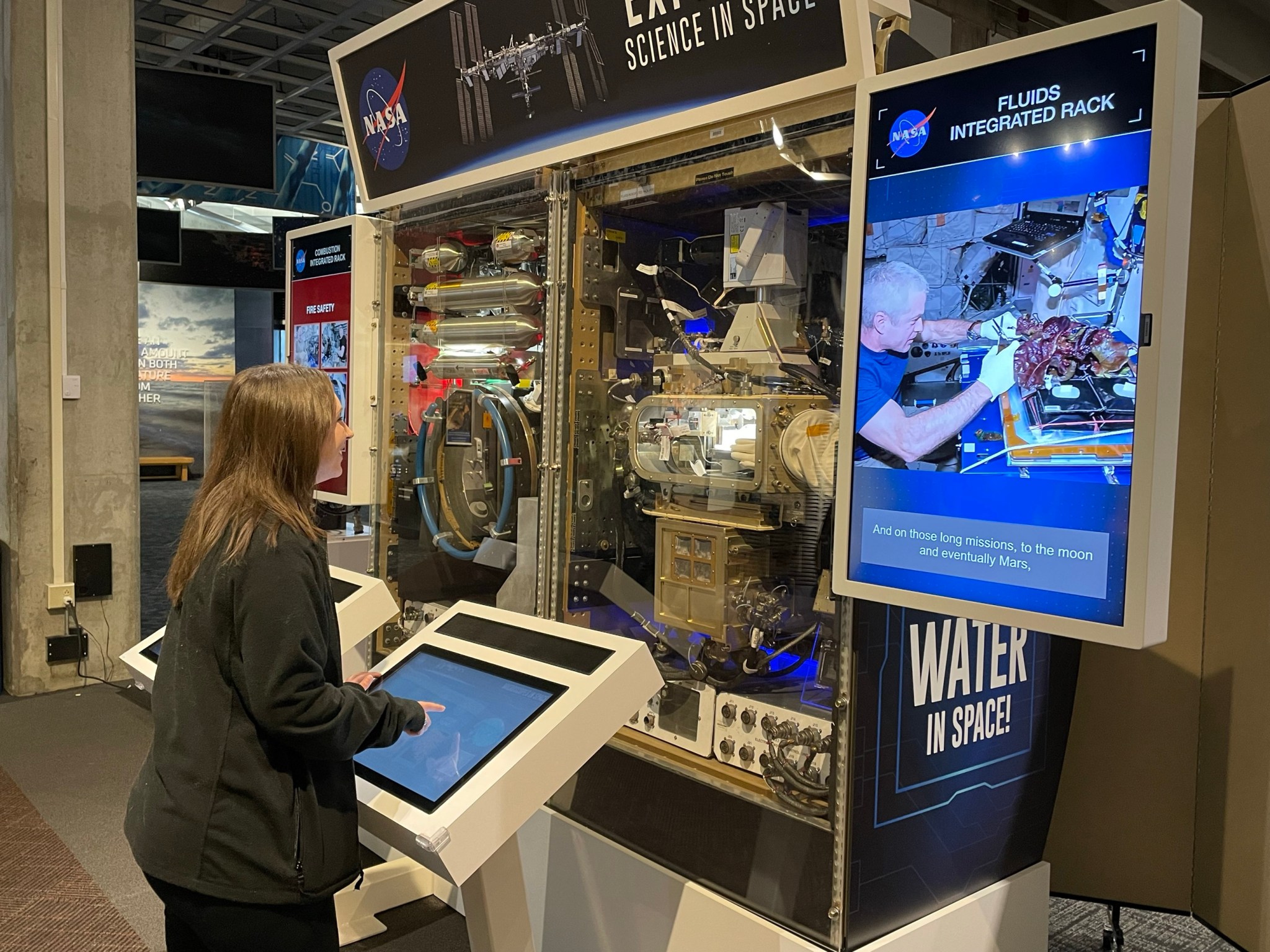
The Fluids and Combustion Facility, or FCF, on the International Space Station was designed and built at NASA’s Glenn Research Center in Cleveland and has been supporting microgravity research for over a decade. A new exhibit at the NASA Glenn Visitor Center, located in the Great Lakes Science Center, brings that research down to Earth in a fun and user-friendly way.
The exhibit replicates the FCF, which houses two research facilities—the Combustion Integrated Rack, or CIR, and the Fluids Integrated Rack, or FIR. Both were developed at NASA Glenn with prime contractor ZIN Technologies and are operated remotely from Glenn’s ISS Payloads Operation Center. The FCF supports physical and biological experiments to advance technology development while bringing many benefits back here to Earth.
“Gravity on Earth affects everything from flames to fluids,” said Kelly Bailey, Physical Sciences Research Program manager at NASA Glenn. “Because gravity can mask other forces in play on Earth, it’s important to conduct science on the space station and remove gravity as a variable.”
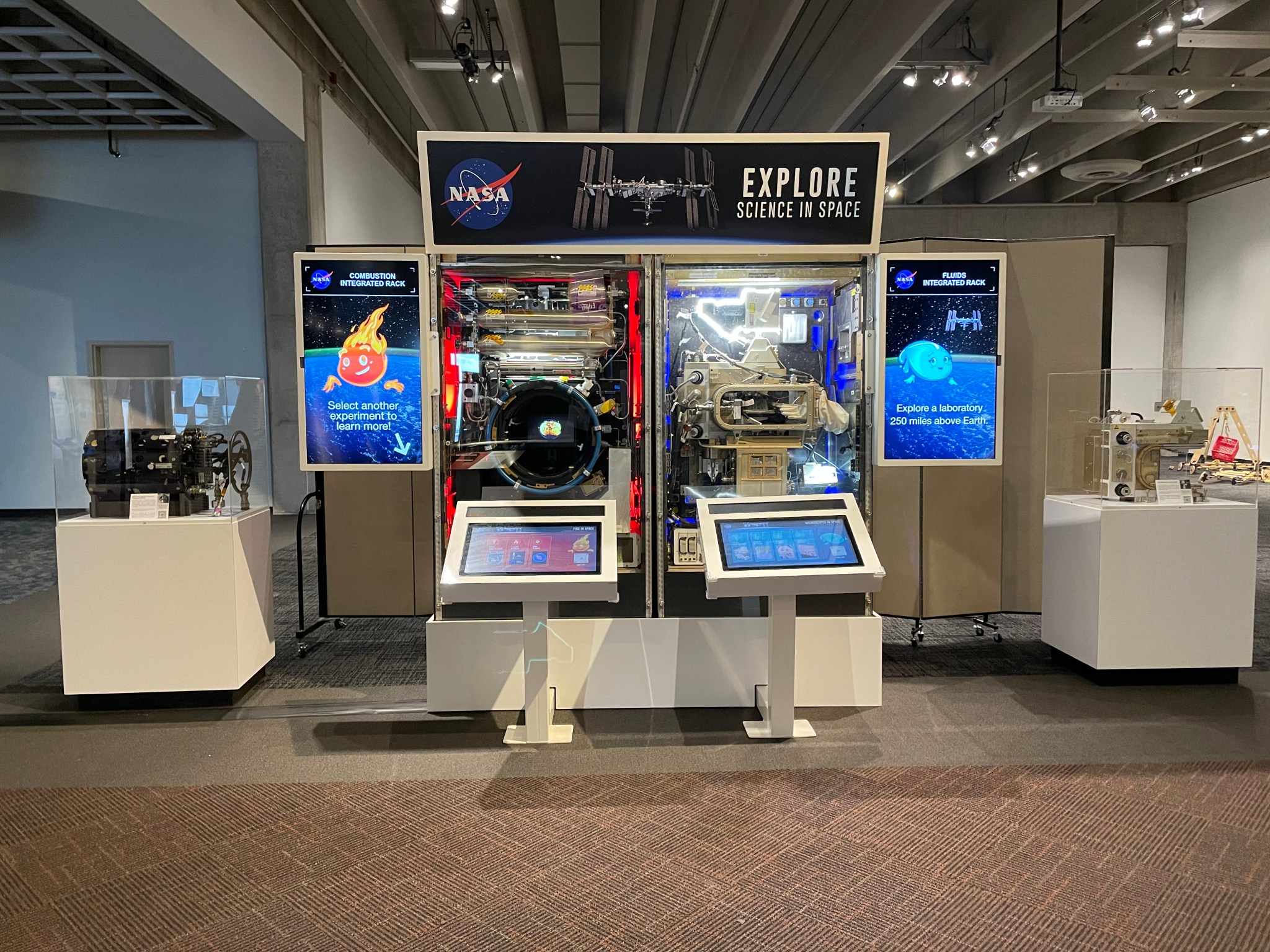
Bailey worked with a design team to create an interactive educational tool for the new exhibit that features motion sensors, touch screens, and videos. Colorful graphic characters depicting fire and water guide users through many Glenn-developed experiments successfully operated within the FCF. Each rack on the exhibit contains an introduction along with two to three experiments for visitors to learn about.
The CIR rack focuses on combustion (fire) research. Users can pick from Flames in Space (Flame Extinguishment Experiment) and Cool Flames (Advanced Combustion via Microgravity Experiments) modules.
The FIR focuses on fluids research and highlights the Light Microscopy Module, or LMM, a light imaging microscope facility that provides researchers with powerful diagnostic hardware and software. Within the FIR rack, users receive an introduction to LMM and can choose from Plants in Space (Advanced Plant Experiment), Bubbles in Space (Constrained Vapor Bubble), and Particles in Space (Advanced Colloids Experiments) modules.
“People may not realize the volume of science performed daily in space, and the importance of that research truly impacts their lives,” Bailey said. “This interactive exhibit offers an immersive experience into the world of microgravity science research and the important work happening at NASA.”
What's Your Reaction?































